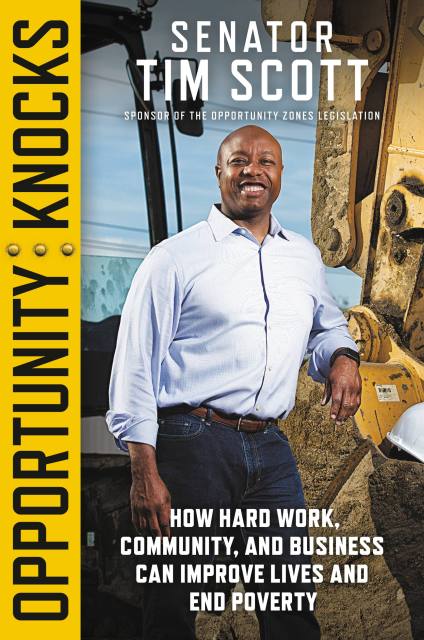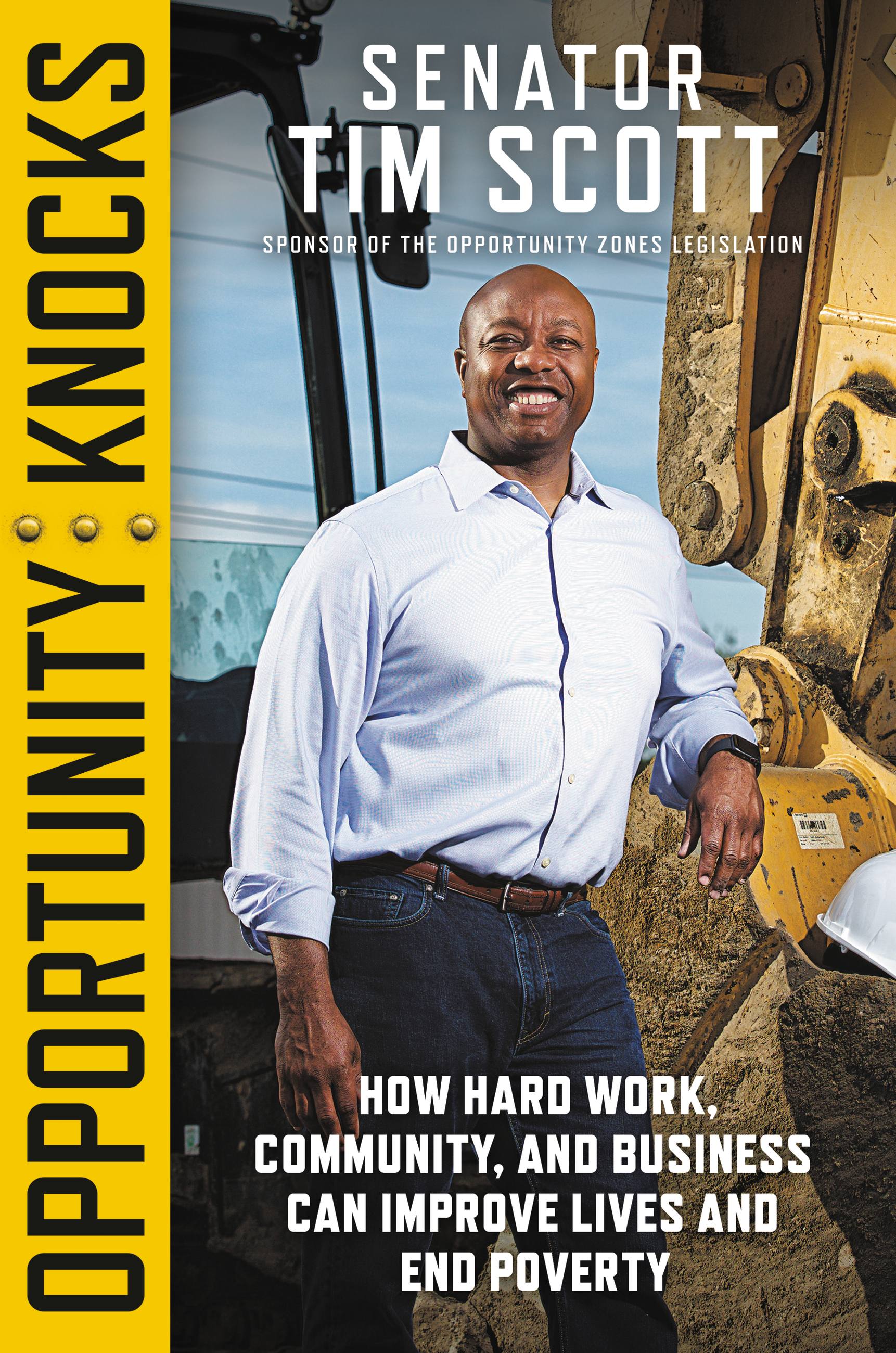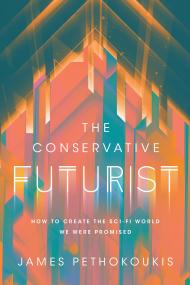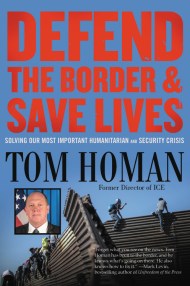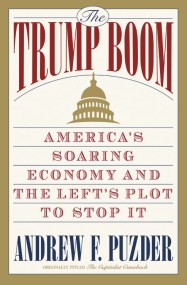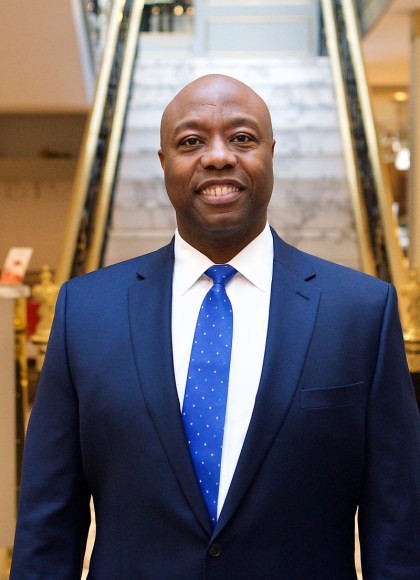Promotion
Use code MOM24 for 20% off site wide + free shipping over $45
Opportunity Knocks
How Hard Work, Community, and Business Can Improve Lives and End Poverty
Contributors
Formats and Prices
Price
$12.99Price
$15.99 CADFormat
Format:
- ebook $12.99 $15.99 CAD
- Hardcover $37.00 $47.00 CAD
- Audiobook Download (Unabridged)
- Trade Paperback $17.99 $22.99 CAD
This item is a preorder. Your payment method will be charged immediately, and the product is expected to ship on or around April 14, 2020. This date is subject to change due to shipping delays beyond our control.
Also available from:
In this memoir about overcoming adversity in America, the U. S. Senator responsible for creating “opportunity zones” explains how hard work and community growth can drive businesses and end poverty.
Senator Tim Scott knows adversity. As the son of a single mother from North Charleston, South Carolina, he struggled to get through school and had his dreams of a college football career shattered by a car wreck. But thanks to his mother and a few mentors along the way, he learned that “failure isn’t failure unless you quit.” He also learned that it’s hard work and perseverance, not a government handout, that will get you ahead in life.
Today, Senator Scott is the only black Republican in the Senate, and he believes that investment and commerce are the best ways to rebuild our most impoverished communities. This is the idea behind his signature piece of legislation, the “opportunity zones” program, which President Trump has strongly endorsed. The program provides tax incentives for businesses that invest in low-income urban areas, seeking to replace things like welfare and government assistance.
In Opportunity Knocks, Senator Scott will tell his life story with a focus on adversity and opportunity. He will teach readers about the principles of hard work and hope while addressing the dangers of veering too far toward socialist policies. The book will also not shy away from discussions of racism and racial inequality in the United States and will recount some of Senator Scott’s own brushes with racism as well as the many discussions he’s had with people who want to help, including President Trump.
Genre:
- On Sale
- Apr 14, 2020
- Page Count
- 304 pages
- Publisher
- Center Street
- ISBN-13
- 9781546059127
Newsletter Signup
By clicking ‘Sign Up,’ I acknowledge that I have read and agree to Hachette Book Group’s Privacy Policy and Terms of Use
